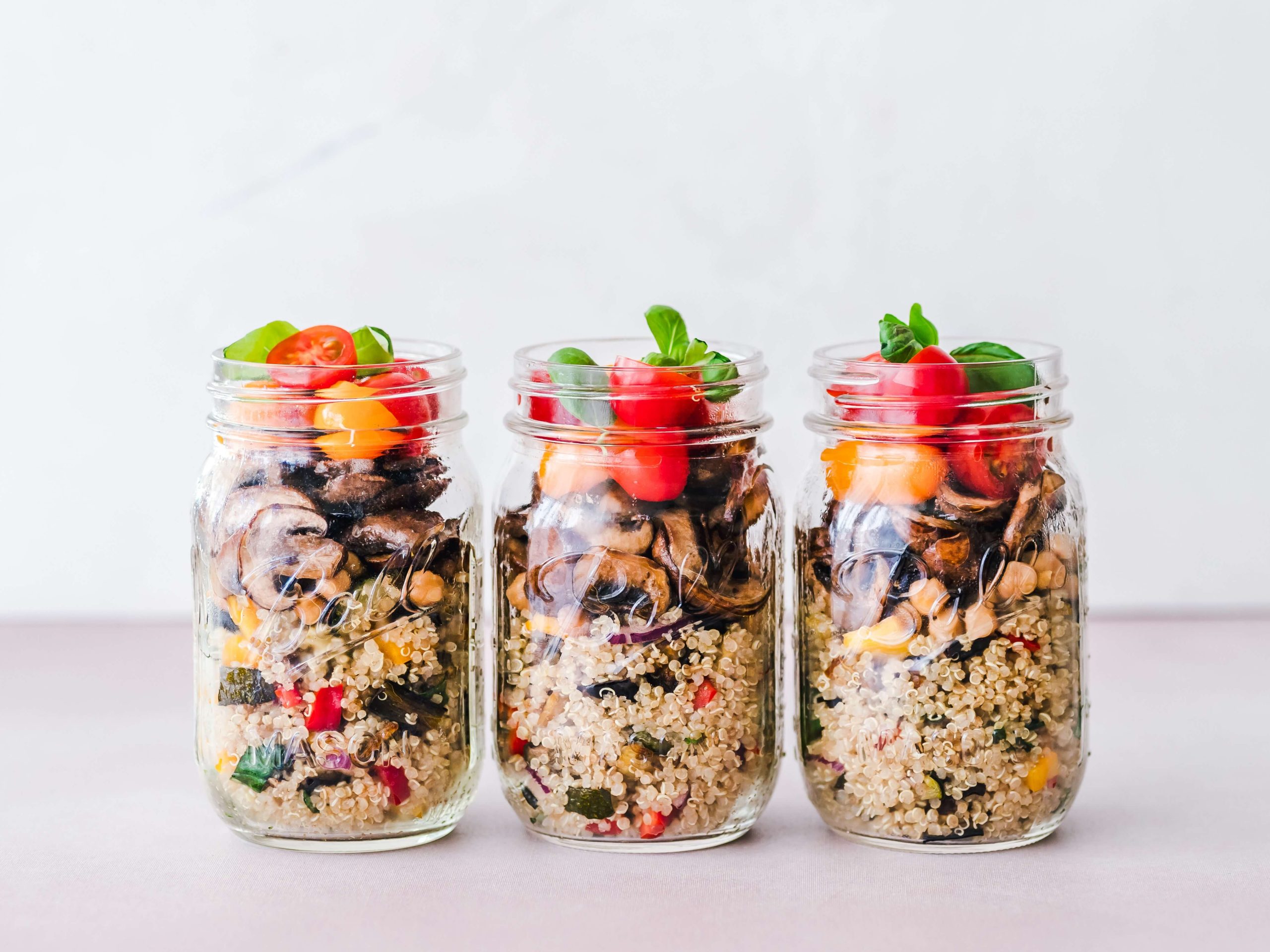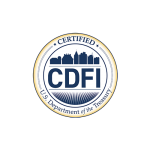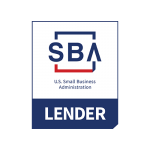Meal Prep Tips for Beginners
How many times does this happen? You’re on your way home from a long, exhausting day of work and just want a fast meal. You could just go home and cook your dinner, or you could swing through the nearest drive-thru and buy something that’s already pre-made.
Though there’s no shame in eating fast food every once in a while, it’s not recommended to indulge more than once a week, if you want to maintain optimal health or save a few bucks. Instead of buying already prepared food, why not prepare your own? In addition to making healthier food choices, meal prep can save you time in the kitchen, and money in your wallet.
In this blog, we’re going to talk about how you can get started with meal prep and share some of our favorite tips for beginners!
What Is Meal Prep?
Meal prepping is the simple act of preparing a meal or recipe, and then portioning it out to make grab-and-go meals for later. If you’ve ever taken your leftovers from dinner home with you to eat the following day, then you’ve already technically prepared a meal! However, meal prepping is generally the act of preparing 4-7 days’ worth of food at a time.
How Can I Start Meal Prepping?
For starters, meal prepping is not as hard as many fitness and nutrition experts make it seem. The easiest way to start meal prepping is to just cook a few meals you’ve already made and add in double the ingredients. This is a great way to gauge how many meals you can make for yourself in a week, and how much money you’ll save.
1. Decide Your Meal Prep
Before you get started buying new ingredients, you need to have a plan for the meals you decide to make! Start by asking yourself a few questions:
- What do you hope to gain from prepping your meals?
- Are you trying to avoid fast food?
- Is your plan to save money?
- Is your schedule too busy to cook meals every night?
Whatever your reason for meal prepping may be, we can help you figure out a basic plan.
2. Find Recipes You Like
Your next step is to find good meal prep recipes and map them into your schedule. You can use a meal planner, a Google spreadsheet, or just a journal to jot down all of your recipes and ideas.
Here are a few food ideas you can incorporate into your meal prep:
- Grilled chicken
- Taco meat
- Smoothies
- Toppings for salads
- Tuna
- Brown rice
- Kale
- Mushrooms
- Carrots
- Bell Peppers
- Green beans
- Asparagus
- Nuts
- Sweet Potato
Just to name a few!
Once you have your meal plan foods mapped out, you can go ahead and put together your shopping list!
3. Get Cooking!
Now that you’ve got your grocery list together, it’s time to go shopping and get cooking! If you plan on buying produce, try to buy fresh vegetables instead of frozen ones. Fresh vegetables will retain more nutrients as opposed to their frozen counterparts.
However, you can buy more meat than you need and store any excess in the freezer.
Don’t forget to plan out which day you’ll cook for the week!
Some Beginner Meal Prep Tips
- Rotate your favorite meals throughout each week.
- Find ingredient overlaps.
- Chop your veggies ahead of time.
- Use your Crock-Pot or Instant Pot to save time in the kitchen.
- Use a meal planner.
- Put down your prep days in your calendar.
- Keep your fridge stocked for easy meal prep.
- Prepare your ingredients ahead of time.
Meal Prepping Can Be Hard. Start Simple!
The goal with meal prepping isn’t to stress yourself out or worry about each and every ingredient to a T! Your goal is to save money, save time, and create a food schedule that makes your life easier, in addition to keeping you lean and healthy.
This blog is a great place to get started if you’re looking to incorporate meal prep into your busy schedule. For more information about healthy living, along with tips––explore our Health & Human Services blog topics!






